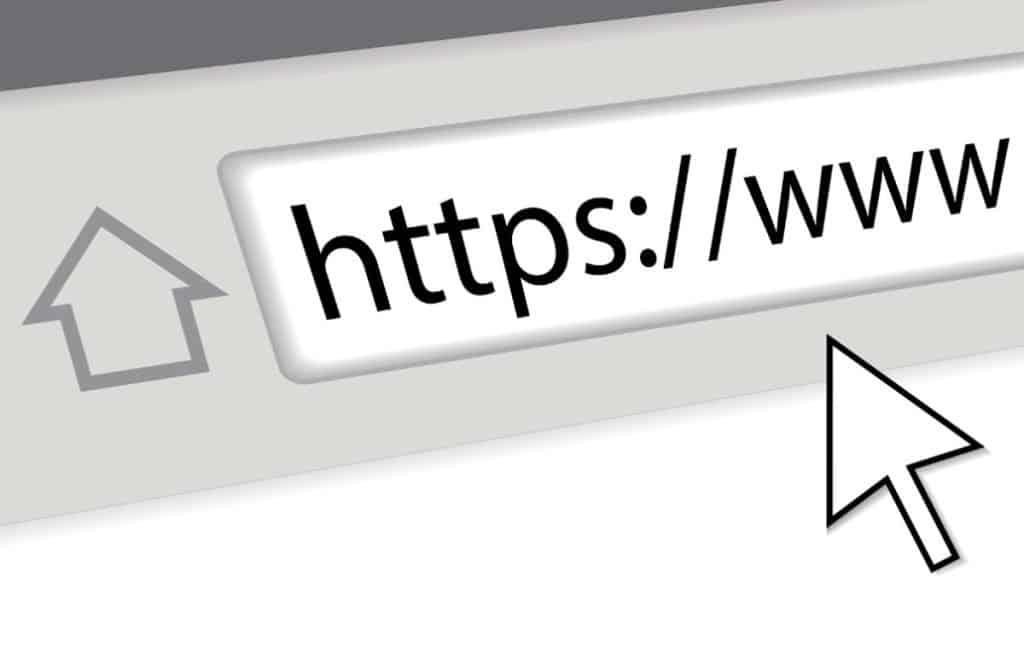The Best Fluffy Pancakes recipe you will fall in love with. Full of tips and tricks to help you make the best pancakes.

Do you remember the first time you used the world wide web? For many of us, it was a life-changing experience. We could access information from all over the world and communicate with people in ways we never thought possible. But do you know how the world wide web came to be? This article will discuss the history of the world wide web and how it has evolved. We will also discuss some of the changes that have taken place in recent years and what they mean for the future of online communication.
What is World Wide Web and its history?
The world wide web, or simply the web, is a collection of online resources that can be accessed via the Internet. It includes websites, web applications, and databases. Tim Berners-Lee invented the world wide web in 1989. He envisioned it as a way to share information between computers. Initially, the world wide web was only accessible to a few people with specialized knowledge. However, it soon became available to anyone with an internet connection.
Over time, the world wide web has evolved and changed. One of the most significant changes is the introduction of social media. Social media platforms such as Facebook and Twitter have revolutionized online communication. They have made it possible for people to connect and share information in impossible ways. Another change is the rise of mobile devices. More and more people are using smartphones and tablets to access the Internet. This has led to the development of responsive design, a web design that makes websites look good on all devices.
How was the World Wide Wed created?
Tim Berners-Lee aimed to make the Internet possible, so he developed the hypertext transfer protocol (HTTP). This protocol is what allows us to access websites today. And he was about to do this by adding structure to the Internet with what we now know as HTML.
HTML was created to structure content on web pages. It allows us to add headings, paragraphs, and images. And it’s what makes web pages look different from each other. But HTML wasn’t enough to make the world wide web accessible. Tim Berners-Lee also invented the world wide web protocol (WWW), which we use to access websites today.
The world wide web has come a long way since it was first created. It has changed and evolved to meet the needs of its users. And it will continue to change in the future as new technologies are developed, and new ways of communication are created.
What is the 5 evolution of the World Wide Web?
Web 1.0
The first generation of the world wide web was known as Web 1.0. This is the original version of the web that Tim Berners-Lee created. It was static and focused on delivering information. Websites were typically text-based and designed for viewing on desktop computers.
Web 2.0
The second generation of the world wide web was known as Web 2.0. This version of the web was more dynamic and interactive. It introduced features such as social media and blogs. Websites were designed for viewing on both desktop computers and mobile devices.
Web 3.0
The third generation of the world wide web is sometimes known as Web 3.0. This version of the web is more personalized and focused on delivering data. Websites are designed to be viewed on various devices, including virtual reality headsets.
Web 4.0
The fourth generation of the world wide web is sometimes known as Web 4.0. This version of the web is more connected and intelligent. It uses artificial intelligence and machine learning to deliver personalized content.
Web 5.0
The fifth generation of the world wide web is sometimes known as Web 5.0. This is the future of the web, and it is still being developed. It will be more immersive, using augmented and virtual reality technologies. It will also be more personalized and focused on delivering data.
What are the features of WWW?
The world wide web has come a long way since it was first created. It has changed and evolved to meet the needs of its users. And it will continue to change in the future as new technologies are developed, and new ways of communication are created.
Some of the features of the world wide web include:
Social media platforms such as Facebook and Twitter
Mobile devices such as smartphones and tablets
Responsive design
Artificial intelligence
Virtual reality
Augmented reality
Online working online
How does the WWW work step by step?
1. Enter the URL of the website you want to visit into your browser’s address bar.
2. Your browser will contact the DNS server to find the IP address of the website’s server.
3. Your browser will send a request to the website’s server for the page you want to view.
4. The website’s server will send the requested page back to your browser.
5. Your browser will render and display the page on your screen.
Who controls the Internet in the world?
The world wide web is a decentralized network of computers that anyone can access. No one person or organization controls the Internet. However, some organizations help to manage the world wide web and keep it running smoothly. These organizations include the World Wide Web Consortium (W3C) and the Internet Corporation for Assigned Names and Numbers (ICANN).
What will be the future of the world wide web?
The world wide web will continue to evolve as new technologies are developed. We can expect more immersive experiences, such as virtual and augmented reality. The world wide web will also become more personalized, using artificial intelligence to deliver content tailored to each user.
Conclusion about WWW
The world wide web has come a long way since it was first created. It has changed and evolved to meet the needs of its users. And it will continue to change in the future as new technologies are developed, and new ways of communication are created. The world wide web is a fantastic tool that has transformed our lives and communication.


